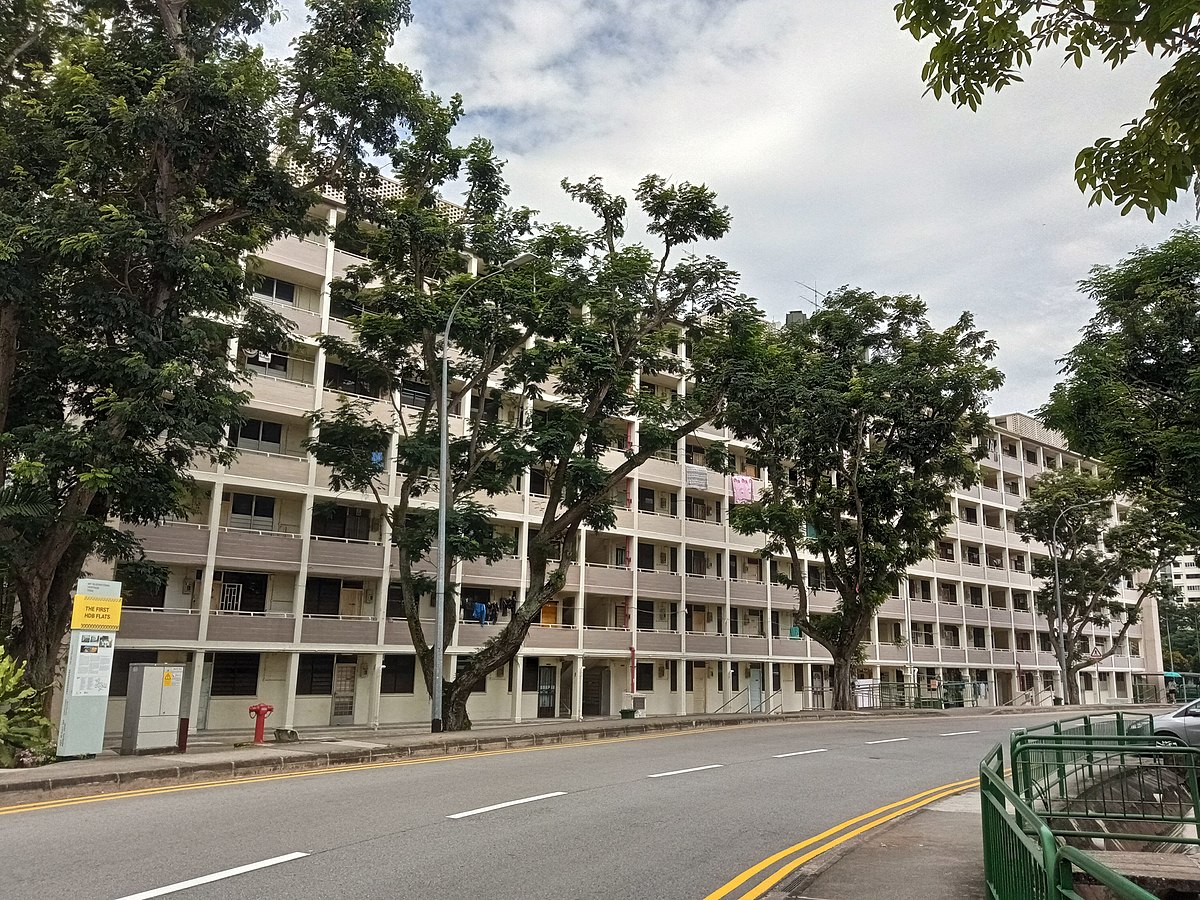
Housing and Development Board
SingaporeIn the wake of its independence, Singapore grappled with numerous housing challenges characterized by sprawling squatter settlements, leading to issues like crime, unrest, and a diminished quality of life. These settlements, often built from flammable materials, posed significant fire hazards, exemplified by events such as the Bukit Ho Swee Squatter Fire in 1961. Additionally, the poor sanitation within these areas contributed to the spread of infectious diseases.
The Housing Development Board, initially established before independence, made significant strides under Lim Kim San's leadership. Ambitious construction projects were launched to provide affordable public housing, effectively resettling squatters and addressing a major social concern. In just two years, 25,000 apartments were constructed. By the end of the decade, a majority of the population resided in these HDB apartments, a feat made possible by the government's determination, generous budget allocations, and efforts to eradicate bureaucracy and corruption. The introduction of the Central Provident Fund (CPF) Housing Scheme in 1968 further facilitated home ownership by allowing residents to use their CPF savings to buy HDB flats.
A significant challenge Singapore faced post-independence was the absence of a cohesive national identity. Many residents, having been born abroad, identified more with their countries of origin than with Singapore. This lack of allegiance and potential for racial tensions necessitated the implementation of policies promoting national unity. Schools emphasized national identity, and practices like flag ceremonies became commonplace. The Singapore National Pledge, penned by Sinnathamby Rajaratnam in 1966, underscored the importance of unity, transcending race, language, or religion.[20]
The government also embarked on a comprehensive reform of the country's justice and legal systems. Stringent labor legislation was enacted, providing enhanced protection for workers while also promoting productivity by allowing extended work hours and minimizing holidays. The labor movement was streamlined under the National Trades Union Congress, operating under the close scrutiny of the government. As a result, by the close of the 1960s, labor strikes had considerably declined.[19]
To bolster the nation's economic landscape, Singapore nationalized certain companies, especially those that were integral to public services or infrastructure, such as Singapore Power, Public Utilities Board, SingTel, and Singapore Airlines. These nationalized entities primarily served as facilitators for other businesses, with initiatives like power infrastructure expansion attracting foreign investments. Over time, the government began privatizing some of these entities, with SingTel and Singapore Airlines transitioning into publicly listed companies, albeit with the government retaining significant shares.
